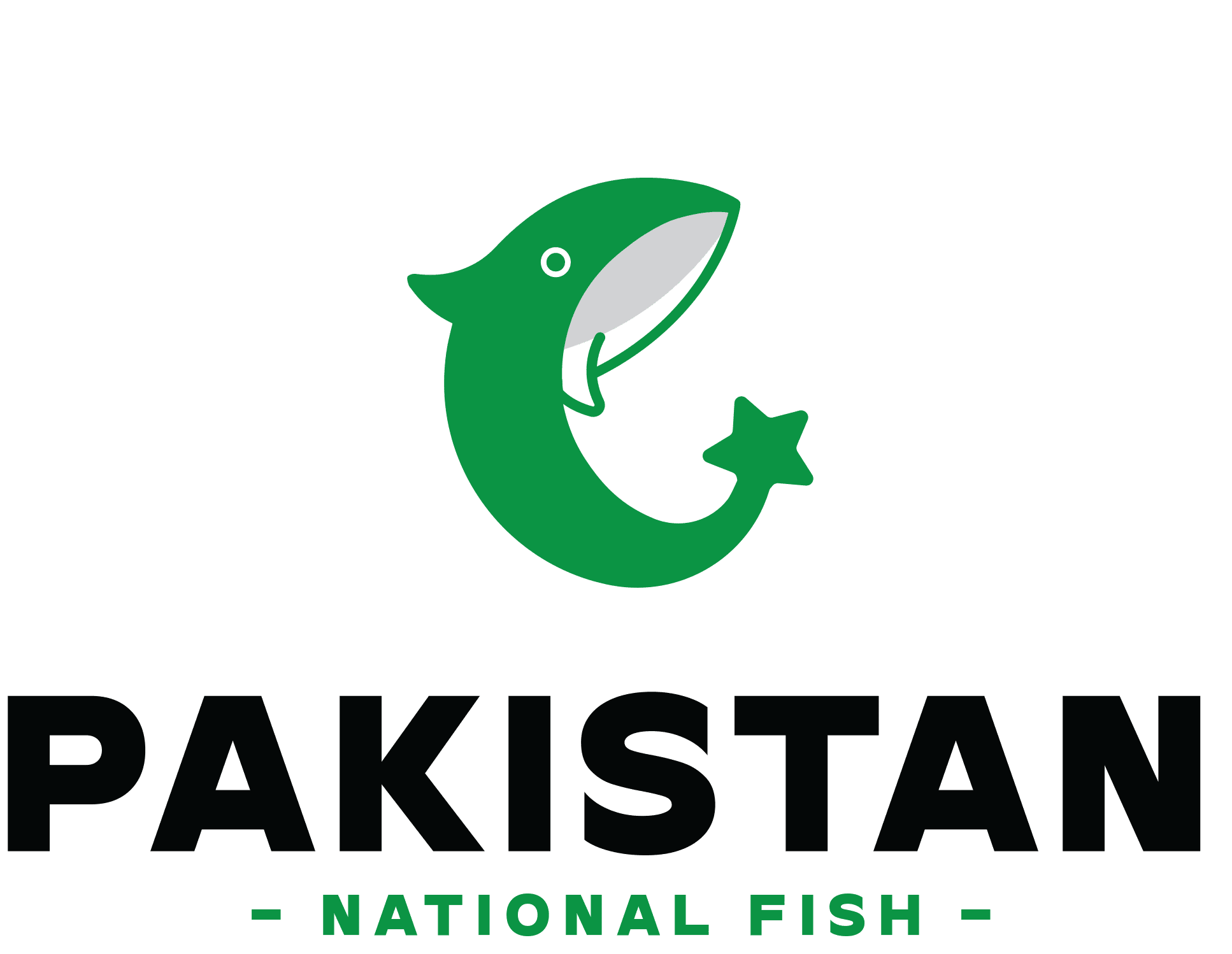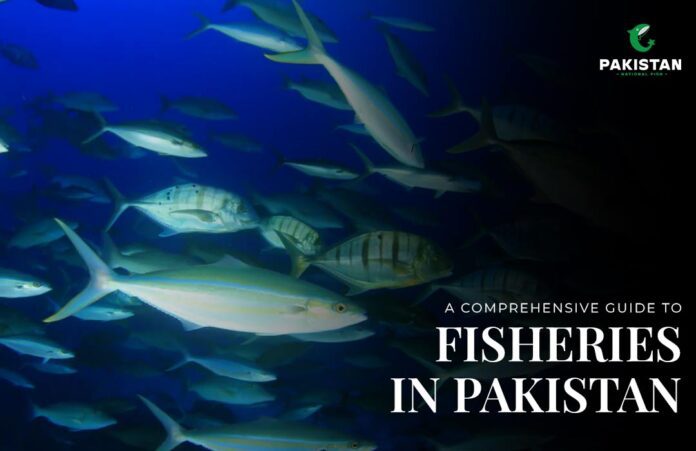Pakistan possesses abundant fisheries resources with enormous development potential. Currently, the Fisheries In Pakistan contributes only 0.8% of the GDP overall, which is low when compared to other Asian nations. But there’s a lot of room for improvement.
In Karachi and coastal Balochistan, marine fisheries are significant employers and a key source of revenue.
Pakistan possesses significant tracts of interior waterways, including lakes, reservoirs, canals, marshes, streams, and rivers, as this area serves as a drainage basin for the Himalayan mountain range. Inland rivers and lakes have historically produced little fish, and aquaculture and reservoir fishing are relatively new.
The Pakistani government recognizes the value of fisheries. Its Sixth and Seventh Five-Year Plans show this. However, challenges like a weak extension and conservation program, a weak research program, and the instability of baseline data have made development more difficult. Therefore, the primary objective of Pakistani fisheries and aquaculture management ought to be to enhance fish output while preserving this resource to facilitate the coordinated use of water bodies by various users.
How To Begin Small-scale Fishing
Starting small with your fishing enterprise might be a great approach to get experience and grow it gradually. The essential first steps are as follows:
- Site Selection: Pick an appropriate location, with access to freshwater supplies, enough acreage, and a conducive environment.
- Choosing Fish Species: Take into account breeds of carp (rohu, catla, and mrigal), trout, and tilapia that are popular in Pakistani freshwater fisheries. Look at the profitability and particular needs they have.
- Building Ponds/Tanks: Depending on the fish type you’ve selected, build or dig ponds or tanks, making sure to properly manage water and drainage.
- Water Quality Management: Keep an eye on and sustain ideal water quality parameters, such as pH, ammonia content, temperature, and oxygen levels.
- Nutrition and Feeding: Give your fish a healthy, balanced meal while taking into account their growth phases and dietary requirements.
How To Begin Commercial Fishing
The next step is to go commercial farming once you have gained experience and wish to grow your fish farming business. This is the efficient way to accomplish it:
- Create Plan: A thorough business plan should be created, covering financial estimates, production goals, investment requirements, and market analysis.
- Infrastructure and Equipment: To facilitate larger-scale production, modernize or extend your ponds, tanks, water delivery systems, aeration systems, and feeding apparatus.
- Personnel and Training: To guarantee effective farm operations, employ qualified personnel as needed and give them the necessary training.
- Products with Value Added: To expand your product line and boost sales, look at value-added options including packaging, freezing, and fish processing.
- Conduct Market Research: Determine prospective customers and marketplaces for your fish items. To make wise marketing choices, examine pricing patterns, competition, and demand.
Major Fisheries Of Pakistan
1. Marines Fisheries
Karachi
Location: By the Arabian Sea in the province of Sindh.
Significance: Karachi, which is home to the biggest fish harbour, Karachi Fish Harbour, is the centre of Pakistan’s marine fisheries.
Species: Ribbonfish, sardines, mackerels, snappers, groupers, shrimp, prawns, crabs, and lobsters.
Economic Impact: Significantly boosts employment and is a major contributor to the export of seafood in Pakistan.
Gwadar
Location: Province of Balochistan
Significance: A developing port city with a lot of room to grow its fishing industry.
Species: As in Karachi, with a focus on valuable species such as shrimp and tuna.
Economic Impact: Its significance is increased by its strategic placement close to major international shipping lanes.
2. Inland Fisheries
Indus Rivers System
Location: Including portions of Khyber Pakhtunkhwa, Sindh, and Punjab.
Significance: The foundation of inland fishing, supporting thousands of inland fishermen financially.
Species: Mahseer, catfish, freshwater prawns, carps (Catla, Rohu fish, Mrigal).
Economic Impact: Essential for local economies and food security, particularly in rural areas.
3. Aquaculture Fisheries
Punjab
Location: Several districts, such as Faisalabad, Kasur, Okara, and Sheikhupura.
Importance: Punjab is the top province for raising freshwater fish.
Species: Pangasius, tilapia, and carp.
Economic Impact: An industry that is expanding quickly and has a great deal of potential to increase fish production.
Sindh
Location: The regions surrounding Badin, Larkana, and Thatta.
Significance: Aquaculture in brackish water is receiving more attention.
Species: Crabs, carp, and prawns are the species.
Economic Impact: Improves food security and helps diversify the fishing industry.


